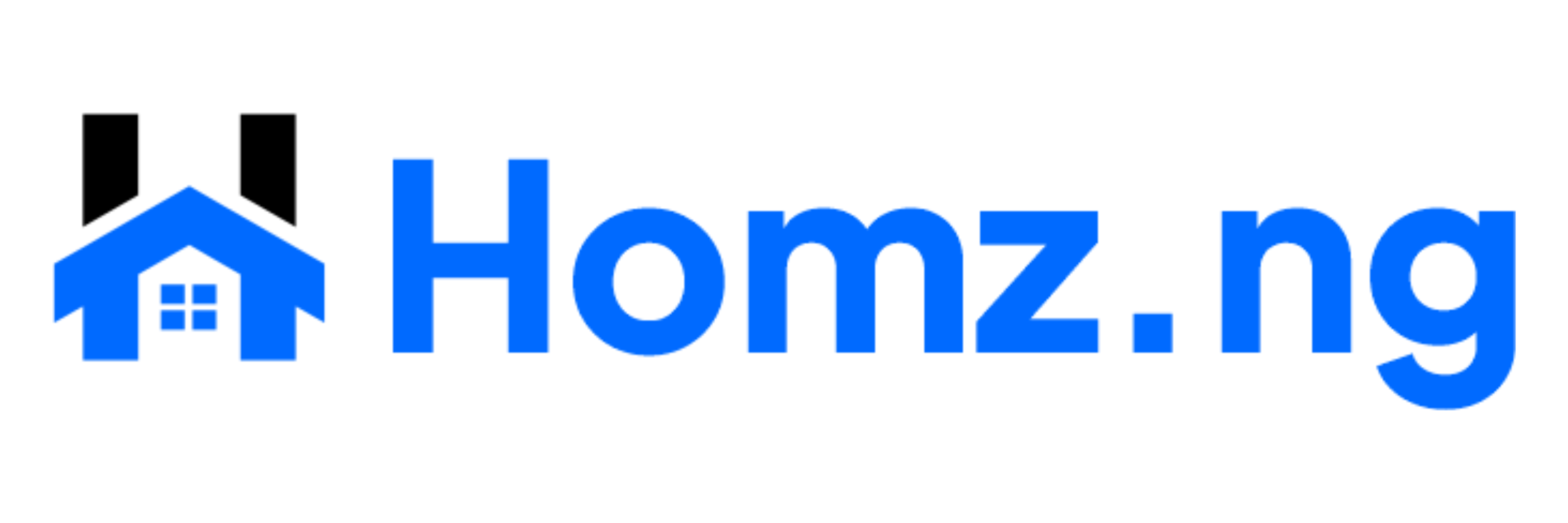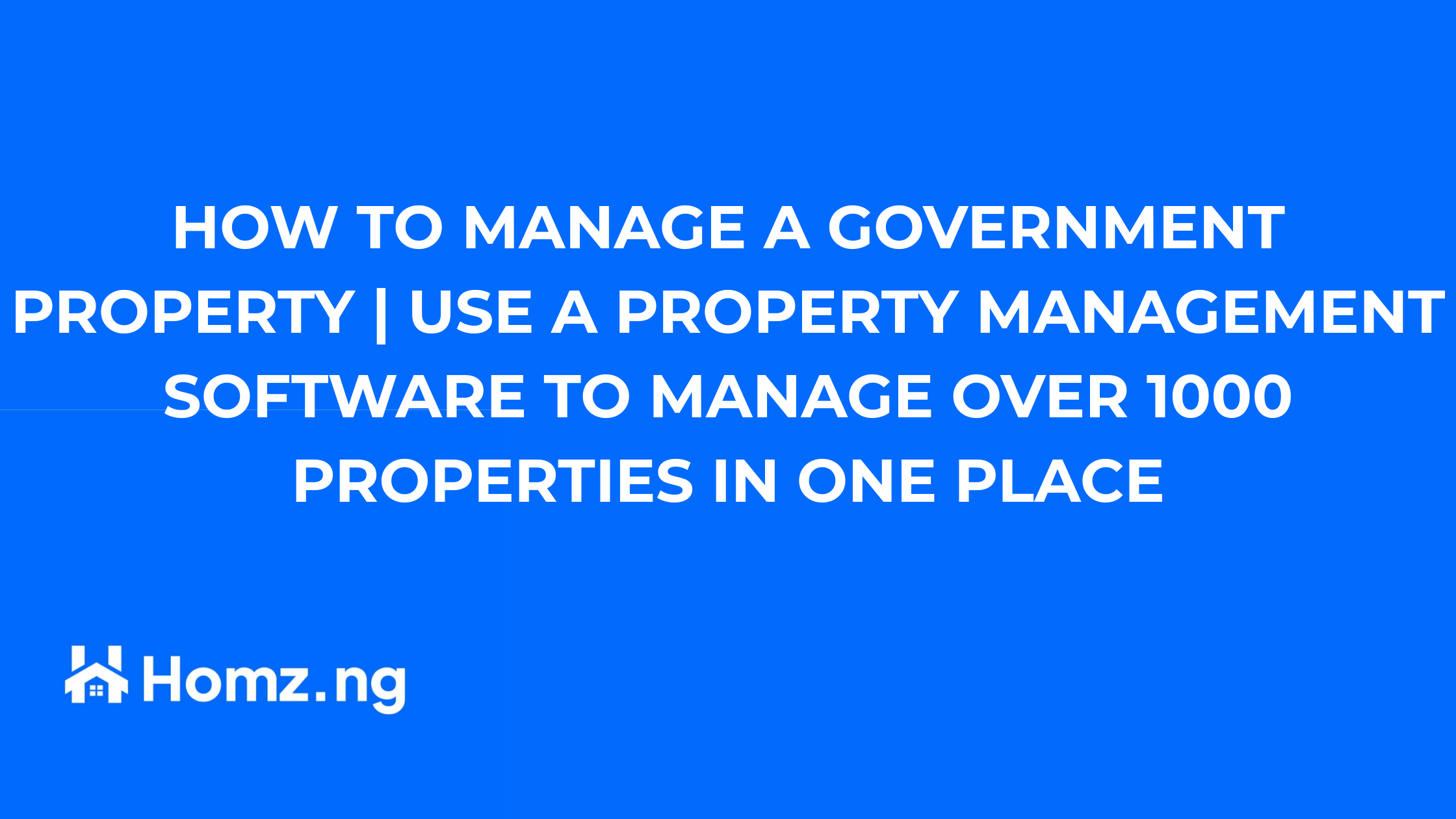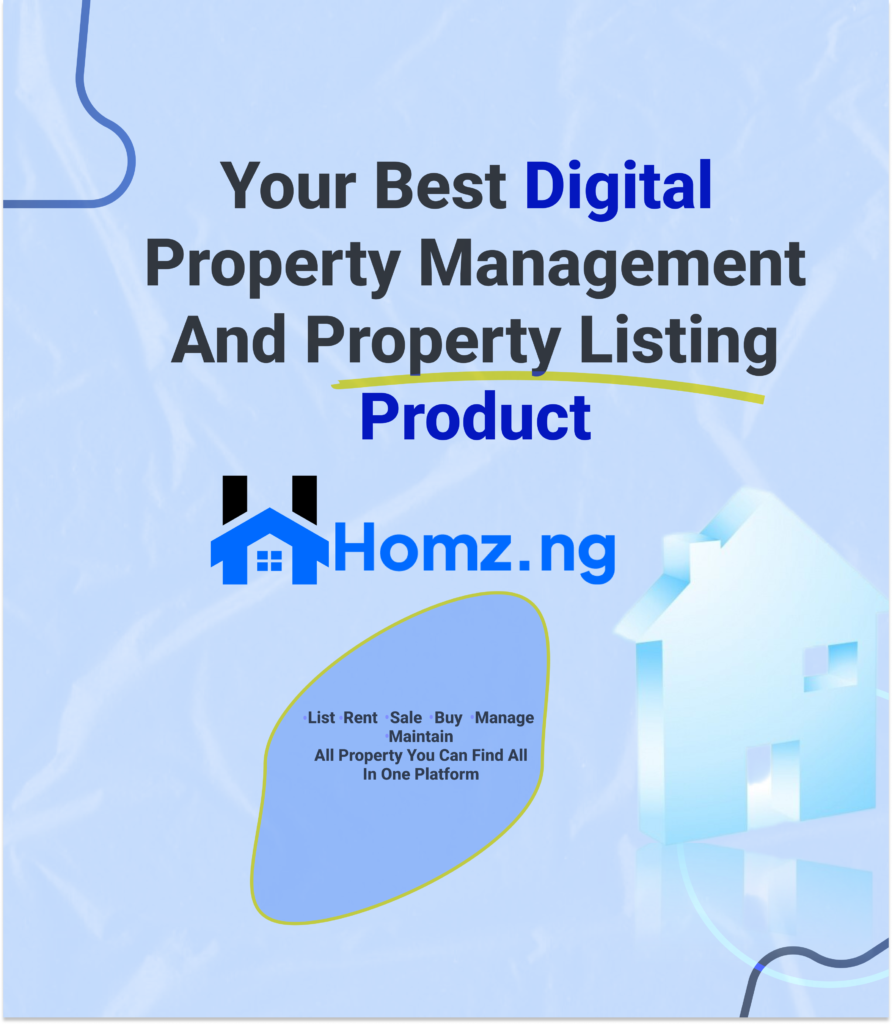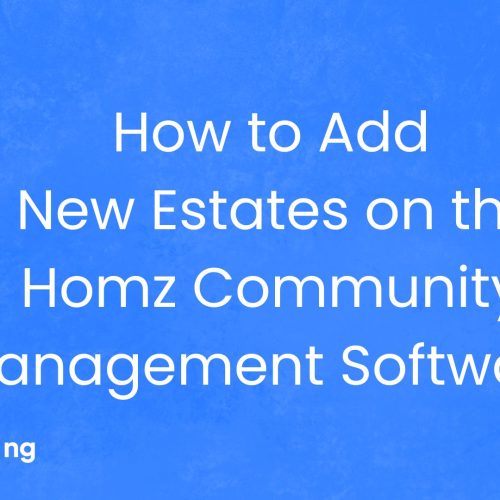Managing government properties presents unique challenges that require specialized solutions. Traditional property management methods often fall short when dealing with the complexity, scale, and regulatory requirements of public assets. This is where tthe management of government properties maintained by a property management software becomes an indispensable tool for public administrators, facility managers, and government agencies seeking efficient, transparent, and compliant property oversight.
Understanding the Unique Challenges of Government Property Management
Government properties encompass a vast array of assets, from office buildings and schools to parks, hospitals, and housing complexes. Unlike private real estate management, government property oversight involves strict compliance requirements, public accountability measures, and complex approval processes. Government property management software addresses these challenges by providing specialized features designed specifically for public sector needs.
The complexity of managing government properties extends beyond basic maintenance and tenant relations. Public properties must adhere to accessibility standards, environmental regulations, and budget constraints while maintaining transparency in all operations. Government property management software streamlines these requirements by automating compliance tracking and generating detailed reports for public oversight.
Key Features of Effective Property Management With A Property Management Software
Comprehensive Asset Tracking
A property managed with a property management software provides detailed asset tracking capabilities that allow administrators to monitor every aspect of their property portfolio. This includes tracking acquisition dates, valuation changes, maintenance schedules, and utilization rates across all government-owned facilities.
The software creates a centralized database where all property information is stored and easily accessible. This comprehensive approach ensures that decision-makers have real-time access to critical data when making strategic decisions about property acquisition, disposal, or renovation projects.
Compliance and Regulatory Management
One of the most critical aspects of managing multiple properties with a property management software is its ability to handle complex regulatory requirements. The software automatically tracks compliance deadlines, generates required reports, and maintains audit trails for all property-related activities.
This feature is particularly valuable for ensuring adherence to federal, state, and local regulations. The software can be configured to send alerts when inspections are due, permits need renewal, or when properties require updates to meet changing regulatory standards.
Financial Management and Budget Tracking
Property management software includes robust financial management tools specifically designed for public sector budgeting requirements. These tools track expenses against approved budgets, monitor cost centers, and provide detailed financial reporting that meets government accounting standards.
The software helps administrators identify cost-saving opportunities while ensuring that all expenditures are properly documented and justified. This transparency is essential for maintaining public trust and demonstrating responsible stewardship of taxpayer resources.
Implementation Strategies To Start Using A Property Management Software
1. Assessment and Planning Phase
Before implementing a property management software, agencies must conduct a thorough assessment of their current property management processes. This evaluation should identify pain points, inefficiencies, and specific requirements that the new system must address.
The planning phase should involve stakeholders from multiple departments, including finance, legal, operations, and IT. This collaborative approach ensures that the selected government property management software meets the diverse needs of all users and departments.
2. Data Migration and System Integration
Successful implementation of a property management software requires careful planning for data migration from existing systems. This process involves consolidating property records, financial data, and historical maintenance information into the new platform.
Integration with existing government systems is crucial for maximizing the benefits of government property management software. The software should seamlessly connect with accounting systems, HR platforms, and other enterprise applications used by the government agency.
3. Training and User Adoption
Comprehensive training programs are essential for successful adoption of government property management software. Training should be tailored to different user roles, from basic data entry to advanced reporting and analysis functions.
Change management strategies help ensure that staff members embrace the new government property management software and understand how it improves their daily workflows. Regular training updates keep users informed about new features and best practices.
Benefits of Digital Transformation in Government Property Management
1. Enhanced Transparency and Accountability
Government property management software significantly improves transparency by providing comprehensive reporting capabilities and audit trails. Citizens and oversight bodies can access detailed information about property utilization, maintenance costs, and improvement projects.
This transparency builds public trust and demonstrates responsible management of public assets. The software’s reporting features make it easy to generate detailed reports for legislative bodies, auditors, and citizen requests.
2. Improved Operational Efficiency
The automation capabilities of government property management software eliminate many manual processes that consume valuable staff time. Automated work order generation, preventive maintenance scheduling, and compliance tracking free up personnel to focus on strategic initiatives.
Real-time data access enables faster decision-making and more responsive property management. Maintenance issues can be identified and addressed quickly, reducing downtime and extending asset life cycles.
3. Cost Optimization and Resource Management
Government property management software provides detailed analytics that help identify opportunities for cost reduction and resource optimization. The software tracks utility usage, maintenance costs, and space utilization to identify inefficiencies.
These insights enable government agencies to make data-driven decisions about property consolidation, energy efficiency improvements, and resource allocation. Long-term cost savings often justify the initial investment in government property management software.
Best Practices for Maximizing Software Effectiveness
1. Regular System Updates and Maintenance
Keeping government property management software current with regular updates ensures access to new features and security improvements. Agencies should establish update schedules and testing procedures to maintain system reliability.
Regular system maintenance also includes data backup procedures and performance monitoring to ensure the government property management software operates efficiently under varying workloads.
2. Continuous Process Improvement
The implementation of government property management software should be viewed as an ongoing process rather than a one-time project. Regular reviews of system utilization and process effectiveness help identify opportunities for improvement.
User feedback plays a crucial role in optimizing government property management software performance. Regular surveys and feedback sessions help administrators understand how the system is being used and where additional training or configuration changes might be beneficial.
3. Data Security and Privacy Protection
Government agencies must prioritize data security when implementing government property management software. This includes establishing access controls, encryption protocols, and backup procedures to protect sensitive property and financial information.
Regular security audits ensure that the government property management software meets current cybersecurity standards and protects against emerging threats. Staff training on security best practices is equally important for maintaining system integrity.
Measuring Success and Return on Investment
1. Key Performance Indicators
Successful implementation of government property management software should be measured using specific key performance indicators (KPIs). These metrics might include reduced maintenance response times, improved compliance rates, and decreased operational costs.
Regular monitoring of these KPIs helps agencies understand the impact of their government property management software investment and identify areas for further improvement.
2. Long-term Strategic Benefits
The benefits of government property management software extend beyond immediate operational improvements. Long-term strategic advantages include better capital planning, improved asset utilization, and enhanced public service delivery.
These strategic benefits often become more apparent over time as agencies develop more sophisticated uses for their government property management software and integrate it more deeply into their operational processes.
Future Trends in Government Property Management Technology
1. Integration with Smart Building Technologies
The future of government property management software includes increased integration with IoT devices and smart building technologies. These integrations provide real-time monitoring of building systems and automated responses to operational issues.
Smart technology integration enhances the predictive capabilities of government property management software, enabling proactive maintenance and more efficient resource management.
2. Advanced Analytics and Artificial Intelligence
Emerging government property management software solutions incorporate artificial intelligence and machine learning capabilities to provide predictive analytics and automated decision support.
These advanced features help government agencies optimize their property portfolios and make more informed decisions about asset management, maintenance scheduling, and resource allocation.
Conclusion: Transforming Government Property Management
The adoption of government property management software represents a significant opportunity for government agencies to improve operational efficiency, enhance transparency, and better serve their communities. By carefully selecting and implementing the right software solution, agencies can transform their property management operations and achieve better outcomes with existing resources.
Success with government property management software requires careful planning, comprehensive training, and ongoing commitment to process improvement. Agencies that embrace this digital transformation will be better positioned to meet the evolving demands of public service while maintaining fiscal responsibility and operational excellence.
The investment in government property management software pays dividends through improved efficiency, better compliance management, and enhanced public trust. As technology continues to evolve, early adopters of these solutions will be best prepared to leverage new capabilities and maintain their competitive advantage in public service delivery.





